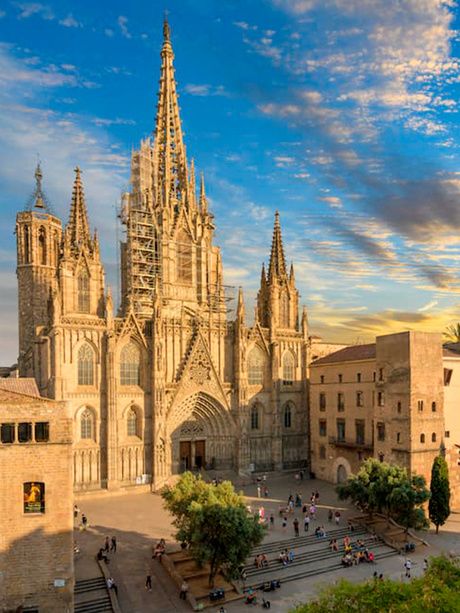Exclusive web benefits
- Best rate guaranteed
- Seasonal promotions
- Priority room upgrade (subject to availability)
- Welcome amenities
- Digital press (PressReader App)
- Added values in Premium Junior Suite and Suite
- Early in or late out (subject to availability)











